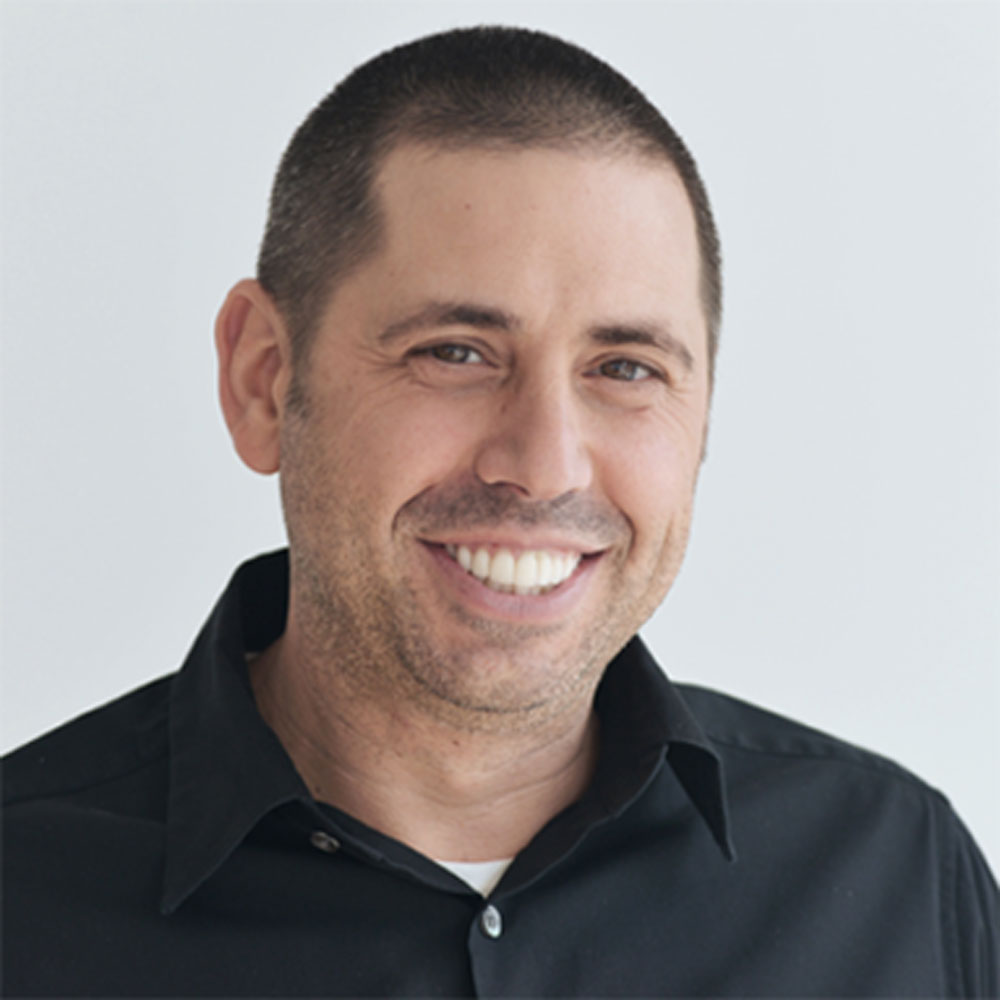by: AIA New York
Jared Della Valle, FAIA, is expanding the role of the architect through innovation of practice. He has designed and developed acclaimed work that brings entrepreneurship to the profession and improves the built environment. The CEO and Founder of Alloy has been a real-estate professional and architect for more than 20 years and has managed the acquisition and predevelopment of more than 2 million square feet in New York City—along the Highline, in Hudson Yards, DUMBO, and Downtown Brooklyn.
The Jury of Fellows of the AIA elevated Della Valle to the College of Fellows in the second category of Fellowship, which recognizes architects who have made efforts “To advance the science and art of planning and building by advancing the standards of architectural education, training, and practice,” according to the organization’s definition. Della Valle was recognized at the New Fellows Reception hosted by AIA New York and will be further celebrated at an investiture ceremony at the AIA Conference on Architecture.
Q: What is influencing your work the most right now?
A: Over the last few years, I have started to recognize the true significance of being both architect and developer. The ability to control a project’s program and priorities allows us to materially influence the outcome of our work. Leveraging our projects’ potential, we have become empowered to create public benefit at scale. This has begun to dominate our goals and is redefining the use of the word “value” within the architecture and development communities.
Q: What are some of your favorite recent projects that you’ve worked on?
A: One John Street in Brooklyn Bridge Park was a meaningful project for me personally. It was a privilege to be selected as both the architect and the developer for a prominent project in the neighborhood where I live and work. Our initial response to the RFP included an annex space for the Brooklyn Children’s Museum, which we ultimately designed, built, and donated to Brooklyn Bridge Park for $1. To have been granted the opportunity to deliver on our vision with the support of the city and our community was an honor and a truly rewarding experience.
Q: What do you see as an architect’s role—and responsibility—within our culture?
A: The architect’s role is to utilize the practice as a framework to envision an alternative and progressive future, and to serve as an arbiter of the impact of built work within our communities. Ultimately, I believe architects have a responsibility to take ownership of the outcomes of their work and become catalysts for change.
Q: How do you feel about the state of the industry right now?
A: I am both distressed and optimistic about the state of the industry. I am concerned with the lack of opportunity within the confines of the profession. Industry behavior along with the current legal system makes it very difficult to operate outside of the traditional practice model. However, substantial changes and innovations in related industries have been overwhelming and instructive and are starting to influence our industry’s willingness to assume risk. My hope is that, by investing time in designing a better business model that is not a traditional fee-for-service regime, we will learn to develop creative ways to derive value from our work. At the same time we have the opportunity to expose alternative values that our work can offer to the communities in which we operate.
Q: What are your thoughts on architectural education today?
A: Architectural education has become wise to the limitations of the industry. Educators are creating opportunities to discuss and test alternatives to the typical practice model by shifting the discussion away from architect as visionary to architect as agent for change.
Editors’ Note: This feature is part of a series celebrating the members of the American Institute of Architects (AIA) New York Chapter who are elevated each year to the AIA College of Fellows, an honor awarded to members who have made significant contributions to both the profession and society. Learn more about Fellowship here.













